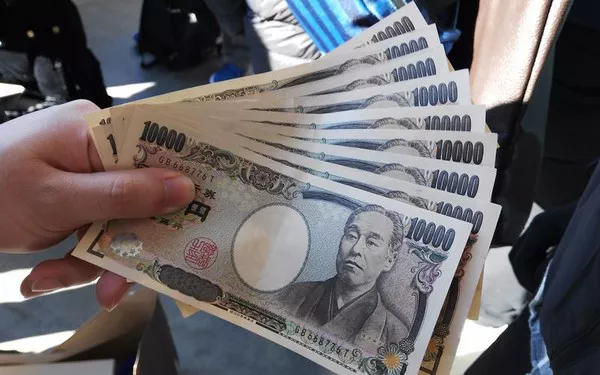The battered yen found a foothold on Wednesday amid renewed threats of intervention from Japan and as investors turned their focus to a Federal Reserve policy meeting later in the day.
U.S. interest rates are expected to remain on hold, although the release of Treasury refunding details could move the bond market.
After falling 1.7% on Tuesday to a one-year low of 151.74 per dollar, the yen stabilized at 151.32 in Asian trade after more hawkish than usual comments from Japan’s top currency diplomat, Masato Kanda.
“Speculative trading seems to be the biggest factor behind recent currency moves,” Kanda told reporters in Tokyo, adding that authorities were “on standby” to respond.
The Bank of Japan raised its inflation forecasts on Tuesday, but not its key interest rates. It redefined its 1% ceiling on 10-year government bond yields as a reference rate rather than a hard cap.
The market didn’t see the policy tweak as enough to close the wide interest-rate gap between Japan and its peers, which has contributed to the yen’s 13% decline this year.
“Let’s not forget that the BOJ is normalizing policy from ridiculously low levels,” said Claudio Irigoyen, global head of economics at Bank of America Global Research.
“It’s still the case that interest rate differentials are widening significantly in favor of the U.S. So the normalization … is relatively fast by BOJ standards, but relatively slow compared to what we see in the rest of the world.”
Deutsche Bank macro strategist Alan Ruskin said the yen’s slide, despite the BOJ’s tweak, shows it’s clearer than ever that a turnaround in the dollar-yen rate is likely to be driven by the dollar and the state of the U.S. economy.
It also traded below 160 per euro for the first time since 2008 on Tuesday, before recovering a bit to 159.92 on Wednesday.
Other currency moves were mostly modest, though the New Zealand dollar slipped 0.3% to $0.5808, nearing a one-year low, as weaker-than-forecast employment data cemented expectations for an end to interest rate hikes.
The British pound slipped to $1.2125 and the euro – hit by slightly disappointing European growth figures on Tuesday – fell 0.1% to $1.0567.
“The data shows that the (European Central Bank‘s) 450 basis point rate hikes … are working to constrain demand,” said CBA analyst Carol Kong. “We estimate the eurozone economy is now in recession.”
Factory activity indicators in China, Japan and South Korea showed a contraction in activity, weighing on trade-exposed currencies.
The Australian dollar slipped 0.1% to $0.6630. China’s yuan fell slightly to 7.3190 per dollar.
A liquidity squeeze in money markets pushed interbank rates for non-banks as high as 50% on Wednesday and 6% on Tuesday.
The U.S. Dollar Index rose to 106.75.

























